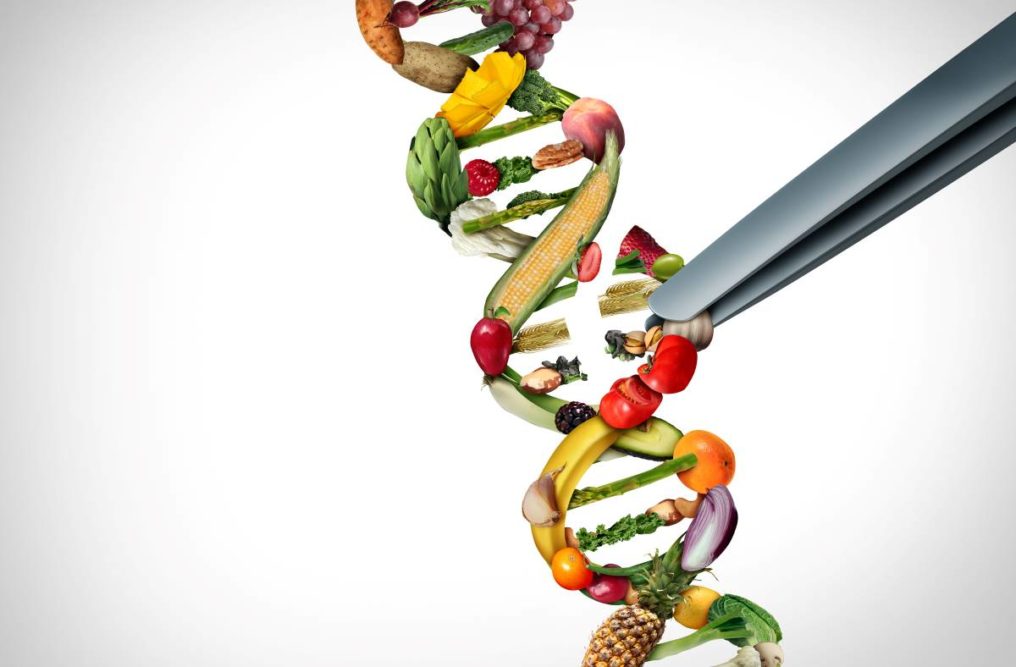Genetically modified organisms (GMOs) have had their genetic material altered in some way, often to give them specific traits such as resistance to pests or tolerance to herbicides. The use of GMOs in food production is controversial, with concerns about their safety and environmental impact. DNA testing can be crucial in detecting GMOs in food products to ensure transparency and accountability in the food industry.
Using DNA food testing to detect GMOs
One of the main ways DNA testing can be used to detect GMOs is by analyzing specific DNA sequences unique to genetically modified plants. For example, many GMO crops are engineered to contain a particular gene that confers resistance to certain herbicides. DNA testing can determine whether it contains GMOs by testing for the presence of this gene in a food product.
Another approach to GMO detection using DNA food testing is through PCR (polymerase chain reaction) technology. PCR is a technique that can amplify a specific segment of DNA, allowing for the sensitive and precise detection of genetic material.
Why is it important?
DNA testing to detect GMOs in food products is important for several reasons. First, it enables regulatory agencies to enforce labeling requirements for GMO-containing foods. In many countries, food products containing GMOs must be labeled as such, allowing consumers to make informed decisions about the foods they purchase and consume. DNA testing can help ensure food products are accurately labeled, providing transparency and accountability in the food industry.
DNA testing can also help address concerns about GMOs’ potential health and environmental impacts. It can help identify potential risks by detecting GMOs in food products and allow for more targeted risk assessments. Additionally, by monitoring the presence of GMOs in the food supply, DNA testing can help ensure that any potential issues are identified and addressed promptly.
Are there any challenges?
Despite the benefits of DNA testing for GMO detection, there are also some challenges associated with this approach. One of the main challenges is the potential for false positives or negatives in the testing process. For example, the presence of GMO DNA in a food product does not necessarily indicate that it contains viable GMO material or poses a health risk.
Conversely, the absence of GMO DNA in a product does not guarantee that it is GMO-free, as some GMO crops may have been processed in a way that removes or degrades the DNA.
Another challenge with DNA testing for GMO detection is the lack of standardized testing methods and protocols. Without standardized testing, results from different labs may be inconsistent or difficult to compare, leading to confusion and potentially inaccurate labeling or regulatory decisions. Industry organizations and regulatory agencies are working to develop standardized protocols for GMO detection using DNA testing to address this challenge.
Final thoughts
DNA testing can play an important role in detecting GMOs in food products, helping to ensure transparency and accountability in the food industry.

Talha Ali is your tech generalist, covering a wide spectrum of topics within the ever-evolving world of technology. With a curiosity for the latest innovations, industry trends, and breakthroughs. Whether it’s hardware, software, emerging technologies, or the intersection of tech with daily life, Talha’s articles provide readers with a well-rounded perspective on the dynamic landscape of the tech industry.

